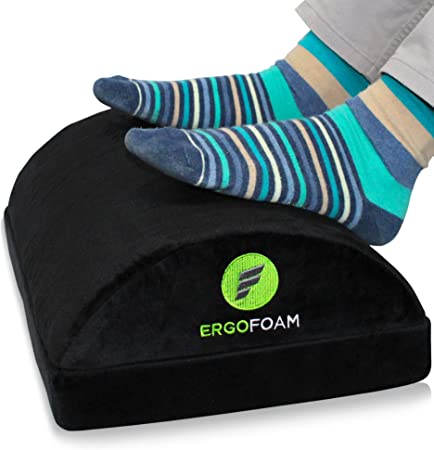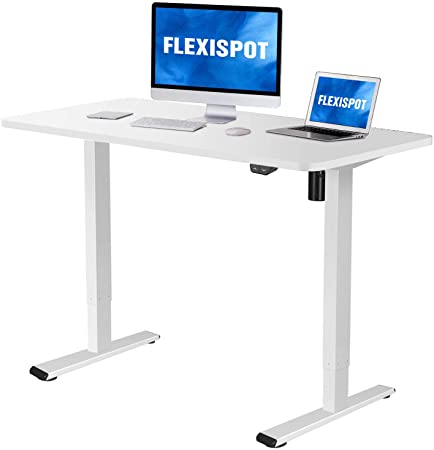How to Prevent Tech Neck
What is “tech neck”?
“Tech neck” is used to describe a posture of an individual sitting in front of a computer and the stressful position associated with working on a computer. The human head was about 12 pounds and if it’s bent forward about halfway, it increases the weight of the head up to 40 pounds and all the way forward is 60 pounds. The neck is made up of 7 small vertebrae and the muscles that support them, have to work so much harder when it’s lengthened.
What can you do to avoid tech neck?
Set up a good environment! Many of us spend hours in front of a computer or electronics and we need to set ourselves up for success. The desk can be modified to comfortably support and foster a good environment to reduce stress on our bodies.
When choosing the optimal height of a desk, whether sitting or standing, you want to choose a height that allows the forearms to rest parallel to the floor on the tabletop. The hip angle can be modified based on the chair and the use of a footrest.
Read more to find recommendations to make your desk more ergonomically friendly.
#1 The Desk
The sit/stand desk is all the rave but only buy it if you think you’re actually going to use it. I prefer the kinds that allow the entire desk to elevate vs the platform that only holds the keyboard/monitor. The electronic version also reduces the stress on the shoulders from having to lift the desk/platform. This is the desk my husband uses and he’s a big fan! He stands right after lunch every day. So as long as you think you’ll use the standing function, then get the adjustable desk. There are different options for tabletop sizes as well.
#2 The Monitors
Your monitor should be arm’s length away and at eye level. A monitor stand can be used to elevate the monitors or even a couple of reams of paper. Even if you’re working from a laptop, you should be elevating the monitor height and then using a keyboard/mouse (see below for recommendations). If you’re dealing with multiple monitors, you should try to set them both in front of you so that your head is rotating very minimally. The one linked in this image is a clamp so it doesn’t take up desk space for your other work materials and the heights are easy to adjust.
#3 The Keyboard
Having a wireless mouse and keyboard is important especially when working from a laptop. This makes it so you can separate the monitor to a proper height to reduce the stress of “tech neck” and the heavyweight of our head when our neck is flexed forward. The wireless capability is not required but reduces cords and creates a much cleaner setup. The link attached to the image is for a mouse and keyboard combination.
#4 The Mouse
Using a mouse is much better than the trackpad of a laptop because it uses bigger muscle groups than just the couple fingers repetitively into flexion (can lead to trigger finger or carpal tunnel syndrome). I’ve linked a simple mouse you can purchase to reduce the stress on your fingers.
 #5 The Chair
#5 The Chair
Having a chair that has an adjustable height and armrests is crucial for choosing an office chair. Also when sitting in the chair, the lower back should be able to rest against the backrest to utilize the lumbar support. The chair height adjustment feature is going to allow you to adjust to the desk height to allow the forearms to rest parallel to the floor. So make sure that you’re sitting all the way back in the seat and your forearms parallel to the floor. If you find that your feet cannot reach the floor, look at item #6.
#6 The Footrest
The chair and desk are crucial posture adjustments that are the biggest factors. If your feet don’t touch the floor when sitting all the way back in the chair (like me in most chairs), then a footrest is your best option. Having your feet dangle or having to reach by your tippy-toes is not ideal because this will increase the stress on your lower back, particularly the psoas muscle. So having a footrest can reduce the stress on your lower back.
 Summary
Summary
This became more than “tech neck” but you can see how these items can make a big difference on multiple areas of your body and improve your posture while working in front of electronics. Some employers will reimburse you for these products so make sure you’re asking about them! Set your body up for success by implementing these key adjustments.




